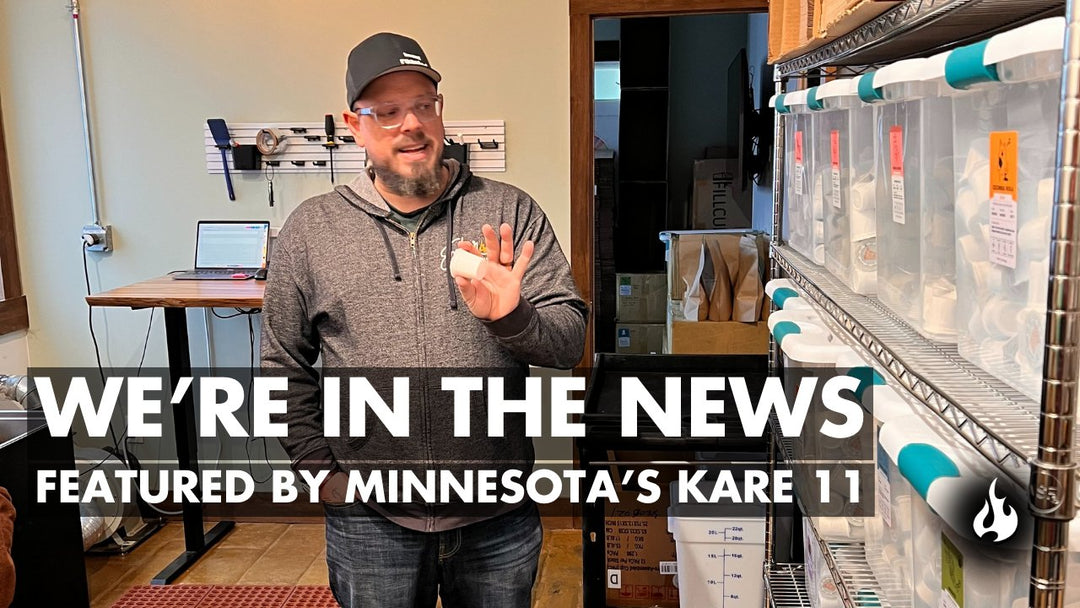"Cup of joe" is a widely used but somewhat mysterious nickname for coffee. Unlike "java," which is named after a coffee-producing area, the roots of "cup of joe" are unclear. This phrase began showing up in writing in the 1930s, with its first recorded use in a book dated 1936. There are a couple of historical and linguistic theories that attempt to shed light on the origin of the term "cup of joe" around that time.
Martinson Coffee was Joe’s Coffee
The trademarking of "cup of joe" by Martinson Coffee suggests that the term may have originated from the company's early days. Founded in 1898 in New York by Joe Martinson, who was known for his larger-than-life personality, locals might have referred to their coffee as "Joe's coffee" or a "cup of joe." As Martinson Coffee grew in popularity, this local moniker could have evolved into the widespread term we know by the 1930s.
While Martinson Coffee might not be well-known to many today, it's a classic brand. Andy Warhol famously painted their cans, and more recently, the brand was featured in "Mad Men" Season 2, Episode 7.
“Joe” Daniels Banned Alcohol on Ships
The term "cup of joe" might also be linked to a 1914 decision by Secretary of the Navy, Josephus “Joe” Daniels, who prohibited alcohol on all U.S. Navy ships. This occurred around the onset of World War I, leading many young men to find themselves on ships where coffee was the strongest beverage available.
Critics of this theory note that the ban might not have had a significant impact, as alcohol was already scarce on U.S. Navy ships. However, for sailors accustomed to drinking at local bars or at home, the ban would have been more keenly felt. Calling coffee a “cup of joe” could have been a subtle way of expressing dissatisfaction without openly criticizing the Navy Secretary.
This explanation, though, doesn’t fully bridge the gap between Daniels’ 1914 ban and the emergence of the term in the 1930s. It's possible that "cup of joe" faded out in the 1920s as sailors returned home and then resurfaced during the Prohibition era in the 1930s.
Jamoke = Java + Mocha = Joe
Some linguists suggest that "Joe" might be a shortened form of "Jamoke," a popular nickname for coffee in the 1930s. "Jamoke" itself was a blend of the words "java" and "mocha," both terms still well-known among coffee drinkers today. Over time, "Jamoke" could have been abbreviated to just "Joe," as is often the case with the evolution of slang terms.
The Drink for the Average Man
The term "cup of joe" might also stem from the phrase "the average joe," referring to an everyday person. In this context, "cup of joe" could be seen as the typical drink of the common man. This interpretation could have gained traction post-World War II, especially as diners became popular in the 1940s and 50s. Working-class men, often referred to as "joes," who frequented these diners for breakfast, might have commonly ordered "cups of joe."
The true origin of "cup of joe" remains uncertain among these four theories. What's clear is that the term first appeared in the 1930s and has since become a staple in our language. Its popularity has only increased since the 1980s, cementing its place in coffee culture.





